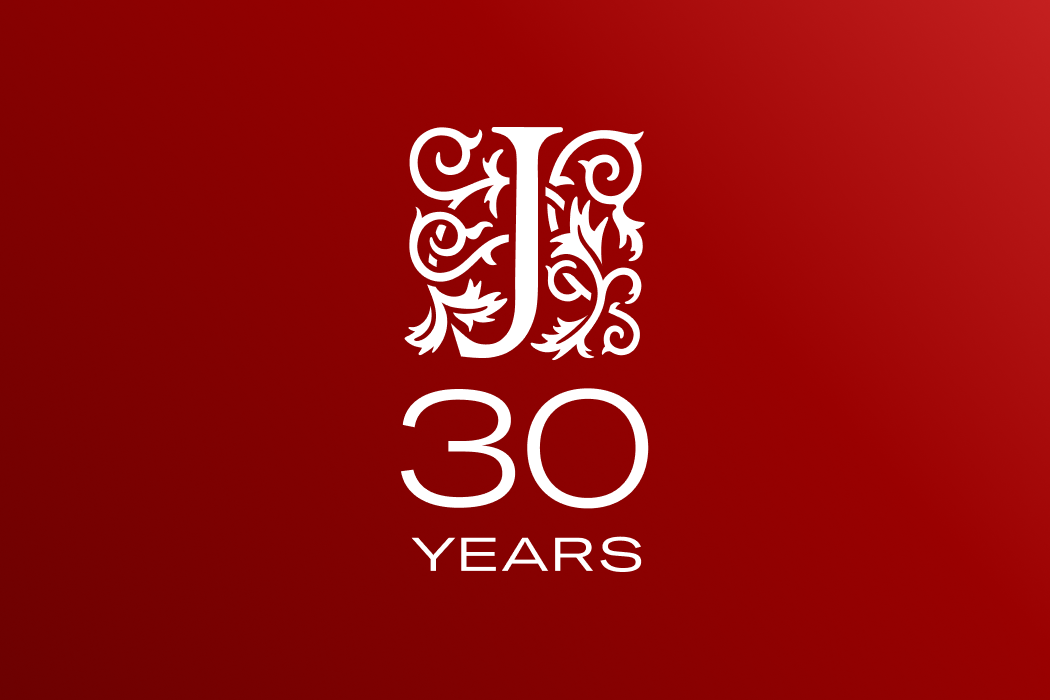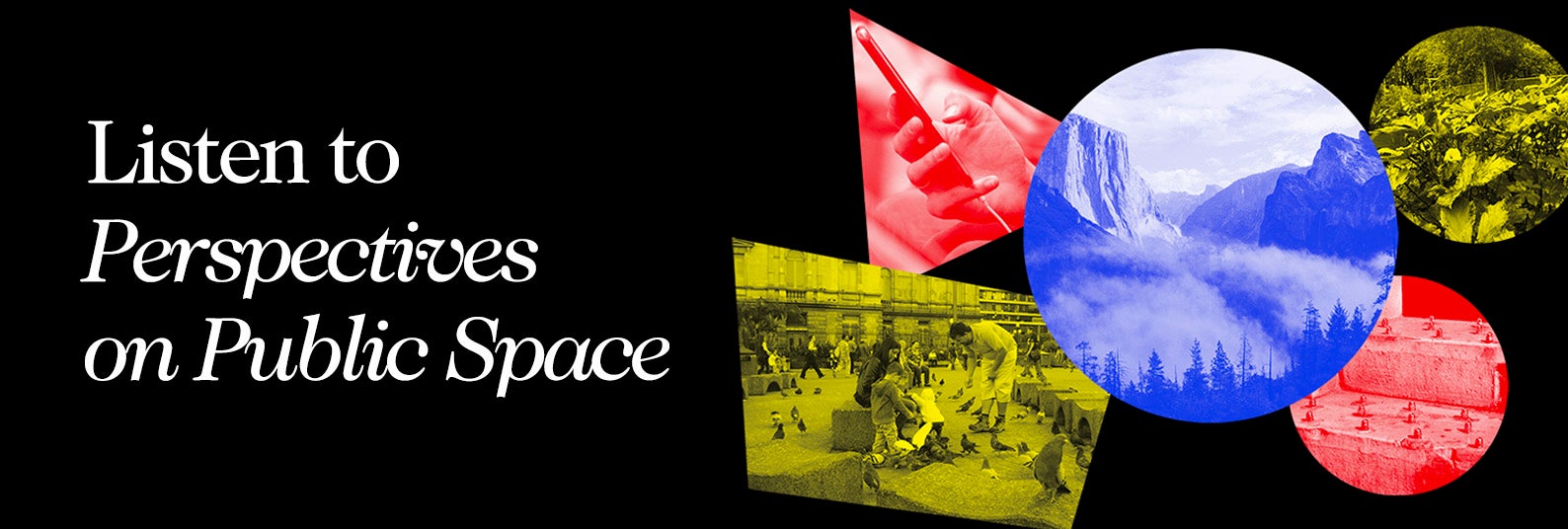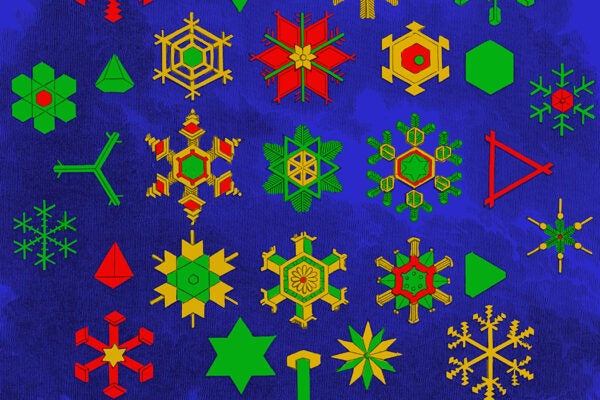Established thirty years ago, JSTOR has made a name for itself as a go-to resource for scholars and students of all ages. The number of people who’ve availed themselves of JSTOR since its launch has grown in concert with the robust expansion of materials made available in partnership with publishers, libraries, archives, and other institutions.
To mark this anniversary, JSTOR Daily speaks with Roger Schonfeld, author of JSTOR: A History, from Princeton University Press and long-time ITHAKA employee recently named managing director, JSTOR Digital Stewardship Services about earning users’ trust, the evolving challenges JSTOR faces from AI and social media, and much more.
JSTOR Daily: Tell us a little about the genesis of JSTOR.
Roger Schonfeld: William “Bill” Bowen was president of the Mellon Foundation and a trustee of Denison University in the early 1990s. As was quite common at the time, college leadership was proposing capital expenditure to add storage space to the library because the collections had outgrown the building’s footprint.
Previously, Bill had been president of Princeton, where he explored new technologies and had begun asking whether it might be possible to digitize the library—or at least parts of it. At the Mellon Foundation, that exploration took on greater urgency and resulted in the funding of a series of grants to start JSTOR as a project of the University of Michigan. The basic value proposition was for libraries to use technology to save space.
Then they saw the potential for JSTOR to grow into a continuing service. They started to think about the optimal vehicle through which to provide that service to higher education institutions worldwide. Digitization and access were great, but not enough. Libraries needed to be able to trust that the JSTOR solution would preserve and provide access to materials in perpetuity.
A lot of our organization’s identity, its core characteristics, came from that question: What would it take to be a trusted preservation-oriented institution?
It’s fascinating, given hindsight, that JSTOR wasn’t originally conceived as a service to broaden access to scholarship and create widespread educational opportunities.
Like you, I’ve come to see JSTOR’s greatest impact over the past thirty years as increasing access to scholarly and primary source materials. But that wasn’t always the way we talked about it.
When JSTOR launched, libraries were running out of space, and bound volumes of old journals were often seen as low-value—the imagery that was used to describe journal back files was “dusty.” The original idea at JSTOR was that, by digitizing long runs of journals—sometimes spanning 50 or even 100 years—we could make agreements with publishers that allowed libraries to remove those back files from their shelves and free up space.
But something extraordinary happened: materials once considered low-use came alive through digital access. What had made them seem irrelevant was simply their inaccessibility. Once people could do full-text searches across those archives, the scholarly richness within them became immediately apparent. Undergraduate students who’d never pulled those volumes off a shelf were suddenly using them extensively in research and coursework.
Weekly Newsletter
The value that was dormant within such materials was released through digitization and online availability, full-text searching, and other platform investments we made over the course of time. And as JSTOR grew, it became clear that we could go beyond the institutions that had historically been able to collect these journals.
This is where JSTOR’s true purpose began to emerge: not just preserving scholarship, but extending its reach. That shift opened the door to extending access to colleges and universities that had never had it. Through partnerships with Mellon, JSTOR supported access initiatives for historically Black colleges and universities, members of the Appalachian College Association, institutions in post-Communist Eastern Europe, and universities in South Africa—often at discounted or subsidized rates. Those efforts had an enormous and profound impact.
JSTOR’s a nonprofit. What was the thinking behind the decision to go that route rather than the for-profit one?
At the time, it was important that the trustworthiness I was describing be instantiated in the form of the organization. Now, not-for-profit status isn’t the only thing that makes an organization trustworthy. We’ve worked hard to be purpose-driven, to be values-aligned with higher education communities. All of that is about the trustworthiness that we want to be earning with publisher communities and library communities because our role as a trusted intermediary has been foundational to the success of JSTOR.
When you consider JSTOR over the past three decades, how has it changed in breadth and philosophy and how it delivers materials?
The biggest transformation has been the evolution of JSTOR beyond a service for journals and journal back-files towards one that has greater breadth in terms of serving the needs of humanities, arts, and social science researchers, instructors, and learners. That’s about working with the academic community to understand their needs and to add primary sources, monographs, and other scholarly books and, most recently, library special collections and archives through JSTOR Digital Stewardship Services.
As JSTOR matured, Mellon directed funding towards other priorities, including some with ITHAKA. It supported the creation of Portico, a series of digitization initiatives of primary source materials, particularly from and about the African continent, and of course the art materials that formed Artstor. Mellon supported the work of Ithaka S+R and continues to support Ithaka S+R’s project areas of mutual interest—topics like the future of the liberal arts, demographic studies of art museum employees, and academic publishing as well as our JSTOR and Ithaka S+R work to support higher education for incarcerated individuals.
JSTOR has always focused on bringing different constituents together to understand and solve challenges, and that has continued to be the driver behind our work. Similarly, we’ve always embraced technological advances and worked to support the community. Years ago, our focus on preserving born-digital journals led to the birth of Portico, and we’re always working to improve the utility of materials to advance scholarship, whether pioneering support for textual analysis using JSTOR or incorporating generative AI.
You mentioned JSTOR Digital Stewardship Services. What exactly is that?
JSTOR Digital Stewardship Services is essentially a next-generation digital asset management system built for libraries and archives. Traditionally, digital asset management systems help libraries store, organize, and manage their digital materials—things like photographs, manuscripts, or audiovisual files. One thing, among others, that JSTOR has added to the mix is JSTOR Seeklight, an AI-powered technology that accelerates the early stages of processing these materials by automatically generating descriptive metadata. That metadata then flows into a robust toolset for organizing, managing, and preparing collections for either long-term preservation through Portico or for broader access via the JSTOR platform.
In a way, it echoes JSTOR’s origin story—when we digitized back issues of the “dusty” scholarly journals and helped uncover the value of materials that were otherwise sitting idle on library shelves. Now, we’re using new technologies to do something similar for unique cultural and scholarly materials in libraries’ special collections and archives. We’re helping them surface, structure, and share those resources in ways that weren’t possible before.
What have you found in JSTOR’s offerings that delighted or surprised you?
Oh my gosh, just this morning I ran into an item that had been shared by one of the public colleges here in New York City—a picture from the late ’40s that included a group of chemistry majors at the time when my dad was a chemistry major there. I wasn’t looking for it—just bumped into it. In addition to the richness of all the scholarship, we have archival and special collections materials—all kinds of gems of that nature.
But for me it’s been less about discovering new content and more about both reconnecting with and in some cases discovering new colleagues. I’ve appreciated the chance to work with fantastic researchers and program leaders and other colleagues—that’s been a real honor and pleasure.
What impact has JSTOR had in the United States and globally?
JSTOR has enormously increased access to scholarly journal content, particularly for use by folks in the humanities and arts and social sciences, dramatically increased access to art images through the Artstor materials, increased access to library special collections holdings, for institutions that are choosing to share their content to JSTOR and for the books that libraries access. All of that content has seen—I don’t even know how to describe it—a thousandfold, millionfold increase in discovery and usage compared to what would have been possible before. That’s a continuing frontier for us.
We’re regularly trying to innovate in terms of business models that generate greater access. We’re not going to rest on our laurels and say, “You know, we’ve had enough impact.” We’ve made major progress in the last three to five years—the amount of content we’ve made available, the number of users has increased substantially in recent years through something that we call internally the full access model—basically an ability for libraries to get access to all of our Archive journal collections.
The opportunity to keep expanding and extending the impact is something that we think about all the time. It’s a core part of the purpose that animates us.
What is it about JSTOR that evokes fandom and passion, even? I cite, for instance, a user who got the JSTOR logo tattooed on her body.
There are two ways that I want to answer that. One is that that’s all the way on one end of a spectrum of adoration—let’s acknowledge that. But it does illustrate something bigger. For a lot of grad students, advanced undergrads, and others working in the fields that JSTOR covers, JSTOR is a foundational resource that they spend weeks, months of their lives buried and engaged in, and that’s a kind of trust that we have to continuously re-earn.
It’s a great compliment when we see folks who are supportive and engaged and even feel love in some cases, but we have to keep earning that in an environment where being grounded in the underlying materials isn’t as common as it once was. Folks would rather go to TikTok to read—to listen to a summary of an article than read the article itself. That has intersections with artificial intelligence, with how scholarship is conducted, and how research is communicated.
We have to think about how we advance engagement of trusted and primary source material in a world that seems to have less and less time for that. How to navigate responsibly is a challenge in a very complex moment of societal change. That’s not something I take for granted. That’s something we have to reflect on and innovate around. That’s a big part of our opportunity, honestly—a big part of our challenge looking ahead.






